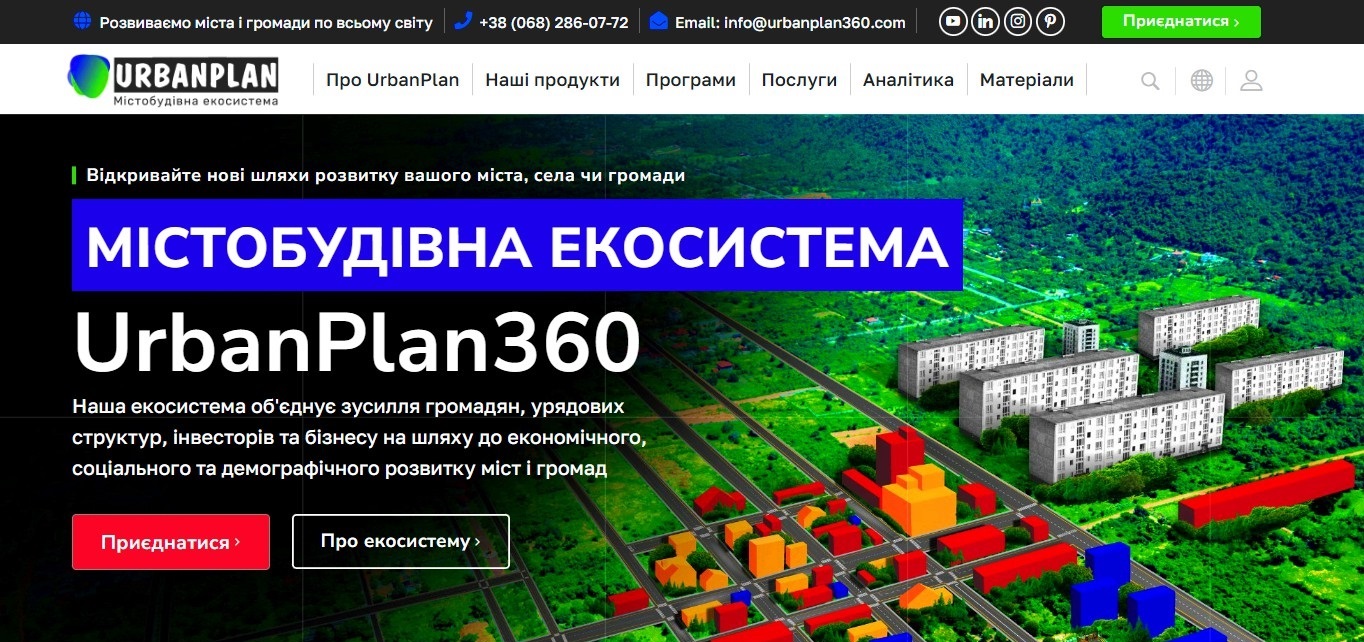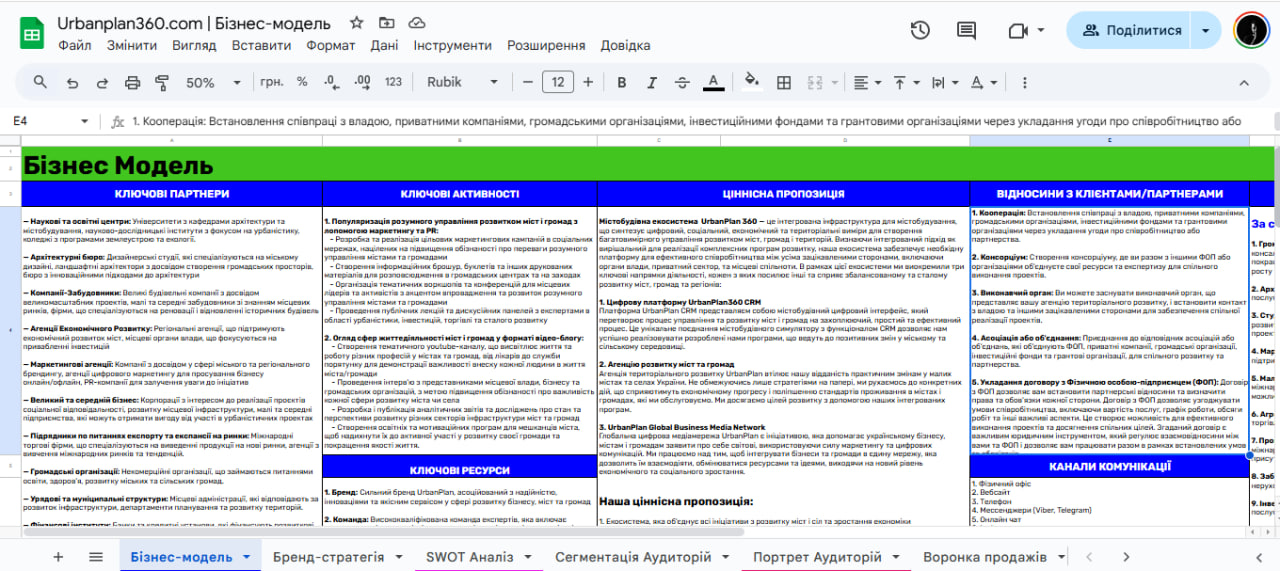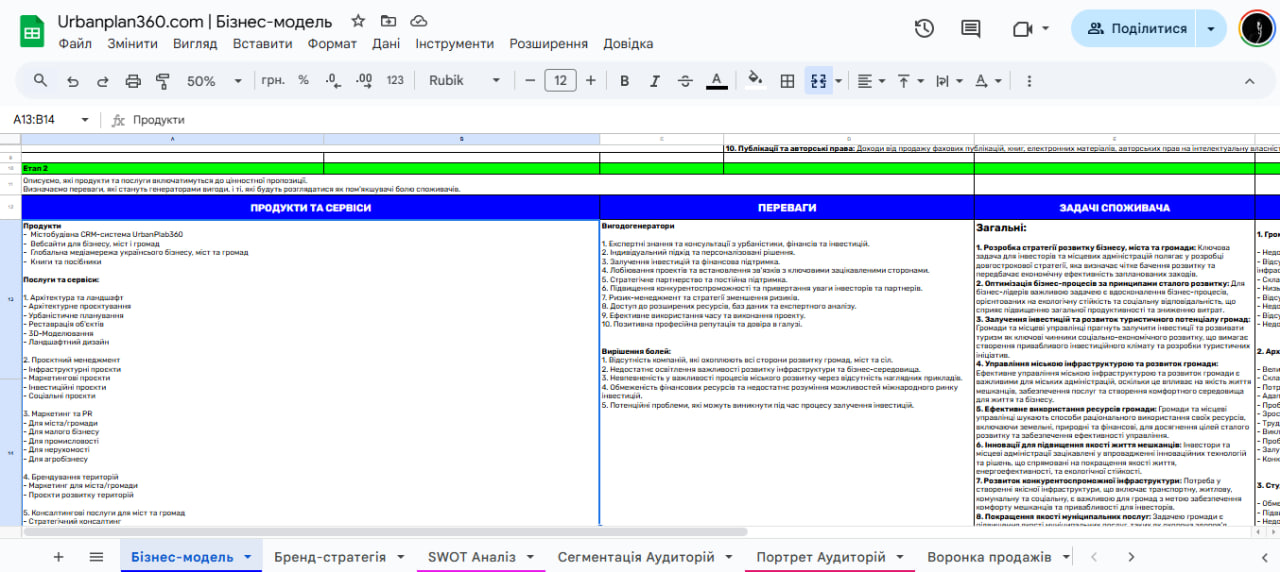Urbanplan360.com
UrbanPlan360 had bold ideas, but needed structure. I built the foundation they were missing.
- Website Development
- June 4, 2023
- UrbanPlan360
- www.urbanplan360.com

The challenge
UrbanPlan360, a new player in the urban development scene, faced a major hurdle: establishing a prominent digital presence. Despite the founder’s visionary ideas, he platform struggled with a lack of structure, clear communication strategies, and a way to effectively connect with its target audience.
Objective
Our goal was to create a professional platform that would serve as a hub for urban planning experts and stakeholders. The mission: to craft a digital space that not only communicated the project’s vision but also fostered collaboration and positioned UrbanPlan360 as a trusted industry leader.
The strategy
Every great vision needs a solid plan to back it up. For UrbanPlan360, this meant crafting a step-by-step framework to bring its ambitious goals into reality. From here, I crafted a multi-pronged strategy to align its vision with actionable steps, ensuring every effort contributed to measurable progress
Business Modeling
I created a comprehensive framework outlining value propositions, revenue streams, and operational workflows. The model ensured scalability and positioned the platform for long-term success.
Website Development
The platform needed a modern, functional, and visually appealing website. I focused on intuitive navigation, engaging content, and responsive design to communicate the vision effectively.
Marketing Stategy
I crafted a sharp marketing strategy designed to cut through the noise, focusing on audience insights, SEO-driven visibility, and compelling content to make UrbanPlan360 impossible to ignore
« In business, chaos isn’t the enemy — lack of structure is. A clear strategy transforms raw potential into actionable results, turning big ambitions into sustainable growth »

Andrew Matsegora
Business Developer & Digital Marketer
Step-by-Step Execution Plan:
UrbanPlan360’s development was a journey of precision, creativity, and persistence. Each phase addressed critical challenges, laying the groundwork for a platform designed to inspire and deliver impact. Here’s how the project came together:
Phase 1: Market Research and Analysis
Before any platform can succeed, understanding the market is essential. This phase focused on identifying opportunities and challenges to inform the direction of UrbanPlan360.
- Competitor benchmarking: Analyzed existing platforms to identify gaps and areas for differentiation.
- Audience profiling: Defined key stakeholders, including urban planners, local governments, and NGOs, based on data and trends.
- Trend analysis: Explored emerging needs in urban development to align the platform’s goals with market demands.
Phase 2: Business Model Design
A solid business model is the backbone of any successful platform. For UrbanPlan360, this meant crafting a scalable and sustainable framework.
- Value proposition: Defined the unique offering that sets UrbanPlan360 apart in the urban planning niche.
- Revenue streams: Designed monetization options, including premium subscriptions and consultancy opportunities.
- Cost structure: Outlined operating costs to ensure long-term financial sustainability.
Phase 3: Website Development on WordPress
UrbanPlan360’s digital presence was built using a WordPress template, balancing functionality and scalability.
- Template customization: Tailored a premium theme to reflect the brand’s mission and vision.
- Core functionality: Integrated tools like contact forms, analytics, and a basic blog setup.
- Design consistency: Ensured the website was visually cohesive, responsive, and user-friendly.



MainPage
Phase 4: Content Creation and Visuals
Content isn’t just filler—it’s a platform’s voice. This phase emphasized creating materials that resonate with the target audience.- Blog development: Published initial articles covering urban planning strategies, community development, and economic trends.
- Custom visuals: Designed unique illustrations and graphics to enhance the platform’s storytelling.
- Future focus: Identified areas needing expansion, such as service descriptions and detailed case studies.
Phase 5: SEO and Strategy Foundation
Building visibility requires strategic planning. Though not fully implemented, the groundwork for SEO and marketing was laid.- Keyword research: Identified high-potential terms to guide content and improve search rankings.
- Metadata optimization: Created templates for titles, descriptions, and tags to enhance visibility.
- Content roadmap: Planned a long-term content strategy to establish UrbanPlan360 as an authority in urban development.
Phase 6: Testing and Refinement
With the platform live, this phase focused on ensuring functionality and gathering insights for future improvements.- Feedback collection: Gathered user input to identify strengths and areas for refinement.
- Functionality tests: Checked every feature, from navigation to loading speeds, to ensure reliability.
- Iterative improvements: Made updates based on feedback, optimizing for a smoother user experience.
What’s Next?
UrbanPlan360’s potential is still unfolding, with several key initiatives planned:- Advanced SEO implementation: Developing in-depth content optimized for visibility.
- Content enrichment: Adding detailed service pages, case studies, and more blog articles.
- Monetization rollout: Introducing premium features and collaboration opportunities for urban planning professionals.
- Community engagement: Expanding outreach to attract stakeholders and build a strong user base.

